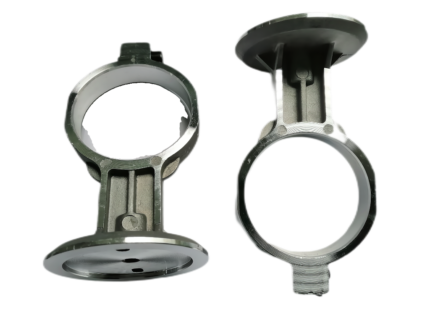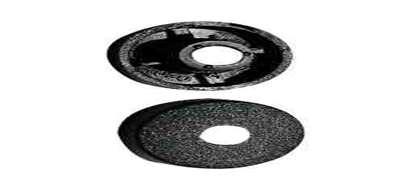The Heart of the Grind: Unveiling the Angle Grinder Rotor
The unassuming rotor within your angle grinder is the beating heart of the entire operation. It’s the rotating component that directly converts electrical energy from the motor into mechanical energy, ultimately powering the grinding wheel. Here’s a deep dive into this essential part:
Function:
-
Power Conversion Champion: The rotor receives electricity from the motor’s brushes or windings. This electricity creates a magnetic field within the rotor’s core. The rotor interacts with the stator (stationary electromagnets) to generate torque, which is a twisting force. This torque causes the rotor to spin at high speed.
-
Speed Demon: The rotor’s rotational speed is crucial for the grinder’s performance. The faster the rotor spins, the faster the grinding wheel will rotate, allowing for efficient cutting, grinding, and polishing tasks.
Construction:
- Core: The rotor’s core is typically made from laminated steel to minimize energy losses due to eddy currents. These laminations are thin sheets of steel electrically insulated from each other.
- Shaft: A central shaft made of high-strength steel runs through the core. This shaft connects the rotor to the output shaft, which ultimately drives the grinding wheel.
- Windings: Embedded within the core’s slots are insulated copper wires called windings. These windings create the magnetic field when electricity passes through them. The specific winding configuration can vary depending on the motor design (AC or DC motor).
- Commutator (DC Motors Only): In DC motors, a commutator is a cylindrical component attached to the shaft. It consists of segmented copper bars and acts as a switch, reversing the current direction in the windings to maintain continuous rotation. AC motors don’t require a commutator.
Maintenance:
- While the rotor is a robust component, it can experience wear and tear over time. This can manifest as decreased performance, sparking, or even complete motor failure. Regular maintenance practices like avoiding overloading the grinder and keeping the motor vents clean can help extend the rotor’s lifespan.
In Conclusion:
The rotor is the powerhouse behind your angle grinder, transforming electrical energy into the rotational force that drives the grinding wheel. Understanding its function, construction, and maintenance needs allows you to appreciate its role and take steps to ensure your grinder operates efficiently and safely for years to come. Remember, when dealing with complex components like the rotor, consulting a professional for repairs or replacements is often the safest and most reliable option.












Reviews
There are no reviews yet.